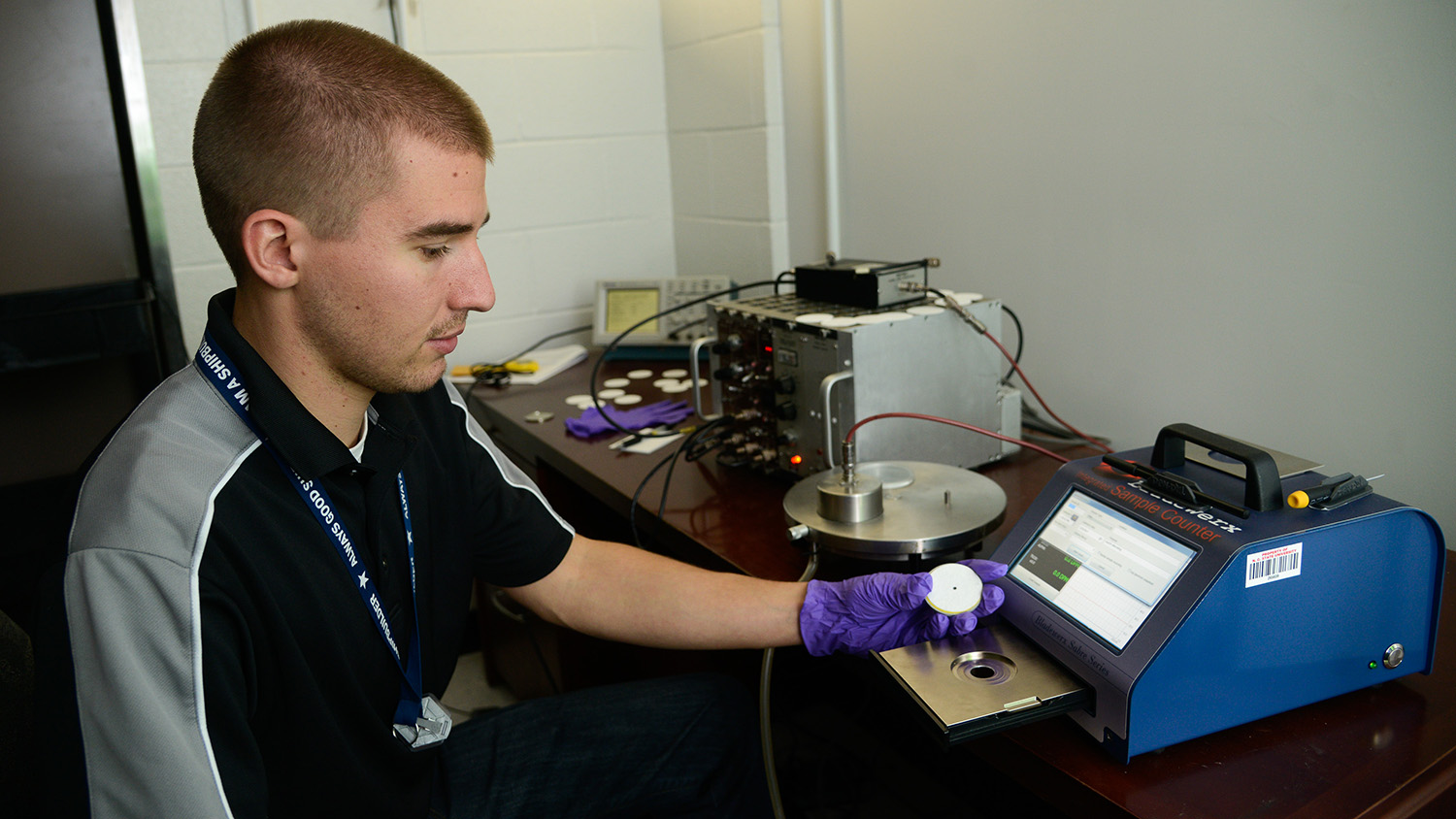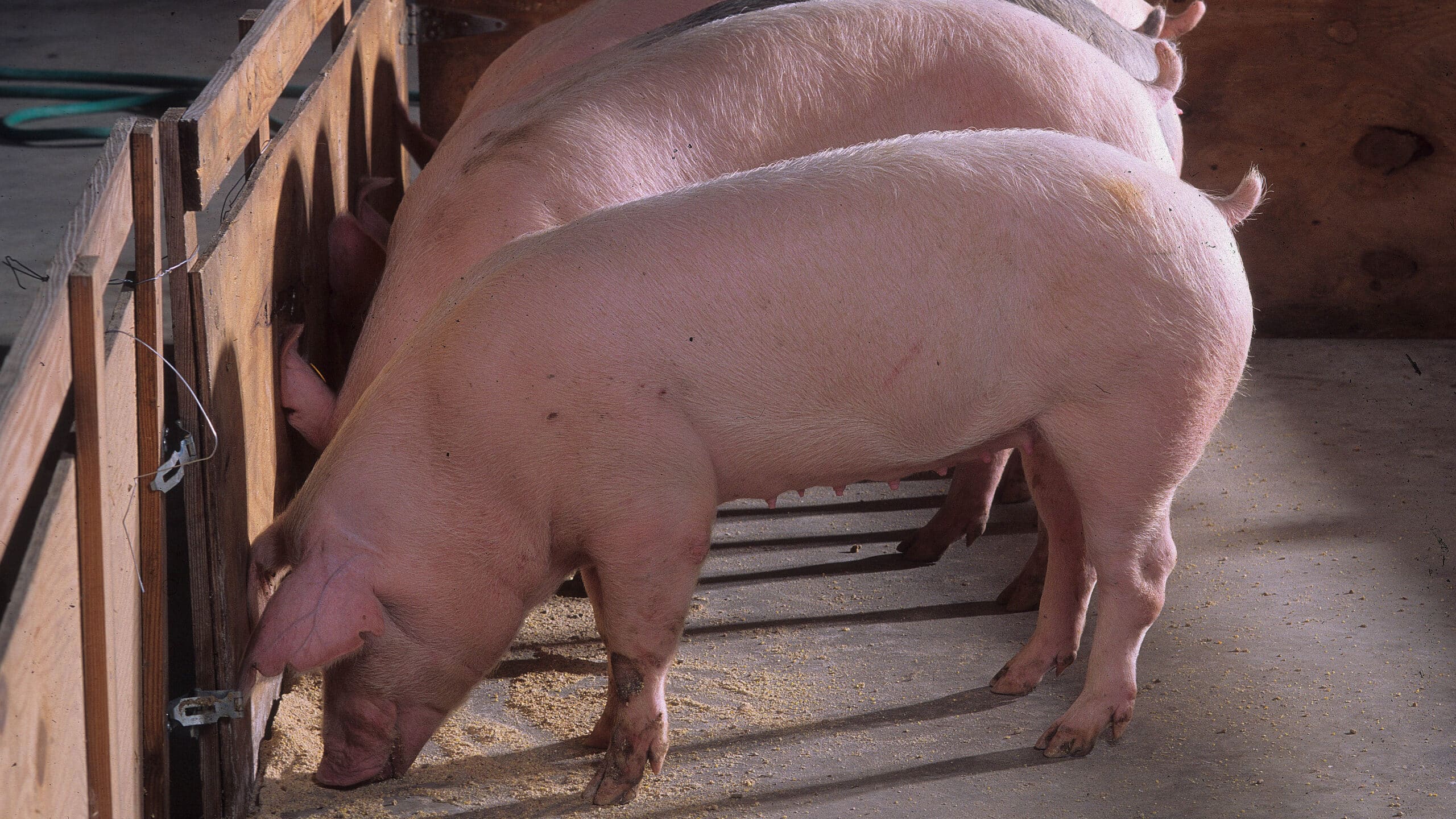New Approach Can Help Authorities Respond More Quickly to Airborne Radiological Threats

For Immediate Release
Researchers from North Carolina State University have developed a new technique that uses existing technologies to detect potential airborne radiological materials in hours instead of days.
“We wanted a rapid way of detecting radiological aerosols that are usually associated with the production of dirty bombs or other radiological weapons,” says Joseph Cope, a Ph.D. student and fellow with the Consortium for Nonproliferation Enabling Capabilities (CNEC) at NC State and lead author of a paper on the work.
At present, emergency responders who are characterizing potential radiological risk need to take an air sample and ship it to a radiochemistry lab after preliminary screening analysis. The process means it can take days or weeks to get quality results that authorities can use to make informed decisions.
“We’ve found a way that repurposes existing tools, and can give first responders quality information in as little as two hours,” Cope says.
“The more time you have, the more precise the data becomes – but our approach allows the authorities to make decisions about evacuating the area, etc., based on defensible information,” says Robert Hayes, an associate professor of nuclear engineering at NC State and co-author of the paper.
The new approach involves using a radiation detector to take multiple periodic measurements of an air sample for at least two hours. The measurements are then run through a computer model that uses the data to estimate the potential worst case scenario regarding “transuranic” activity in the area.
Transuranic elements have an atomic number at least as high as uranium. In general, these are elements that can be used to create radiological weapons.
“Providing the authorities with a conservative estimation method of transuranic activity allows them to make informed decisions, based on robust data and analysis, as soon as possible,” Cope says.
“This approach provides additional rapid characterization capability for emergency responders to radiological events, enabling further optimization of limited resources,” Hayes says.
The paper, “Preliminary Work Toward a Transuranic Activity Estimation Method for Rapid Discrimination of Anthropogenic from Transuranic Activity in Alpha Air Samples,” is published in Health Physics Journal.
The work was done with support from the Department of Energy National Nuclear Security Administration’s Office of Defense Nuclear Nonproliferation R&D through CNEC, under grant number DE-NA0002576; and the Nuclear Regulatory Commission, under grant number NRC-11Q-84-14-G-0059.
-shipman-
Note to Editors: The study abstract follows.
“Preliminary Work Toward a Transuranic Activity Estimation Method for Rapid Discrimination of Anthropogenic from Transuranic Activity in Alpha Air Samples”
Authors: S. Joseph Cope and Robert B. Hayes, North Carolina State University
Published: Feb. 6, Health Physics Journal
DOI: 10.1097/HP.0000000000000735
Abstract: Radon (222Rn) and thoron (220Rn) progeny (primarily bismuth and polonium) are known interferents when rapid evaluation of transuranic content on air filters is of interest. These complexities stem from the overlapping energies of the progeny alpha particles onto the transuranic region of interest (3–5.5 MeV) where naturally-occurring alpha emitters can overwhelm the spectra. Due to the immediacy of the alpha counting methods employed, coupled with the half-life of thoron progeny dominated by 212Pb (t1/2=10.6 h), a conservative transuranic activity estimate with rigorous uncertainty is being sought. A successful transuranic activity estimation method will incorporate any thoron progeny present on the filter providing 95% confidence decision levels in which a filter may be evaluated for emergency response applications. Twenty-three pairs of samples of various duration having no transuranic content were taken over a 2?mo period. The resulting filters were counted in a time series before non-linear least squares decay curve fitting was applied to the decay profile. For the samples considered, a transuranic activity estimator decision level was determined at 0.2 Bq for the given geographic location and months analyzed. Validation of this method for other seasonal and geographic regions could provide enhanced emergency response capability when the presence of transuranic activity is suspected.
- Categories:


